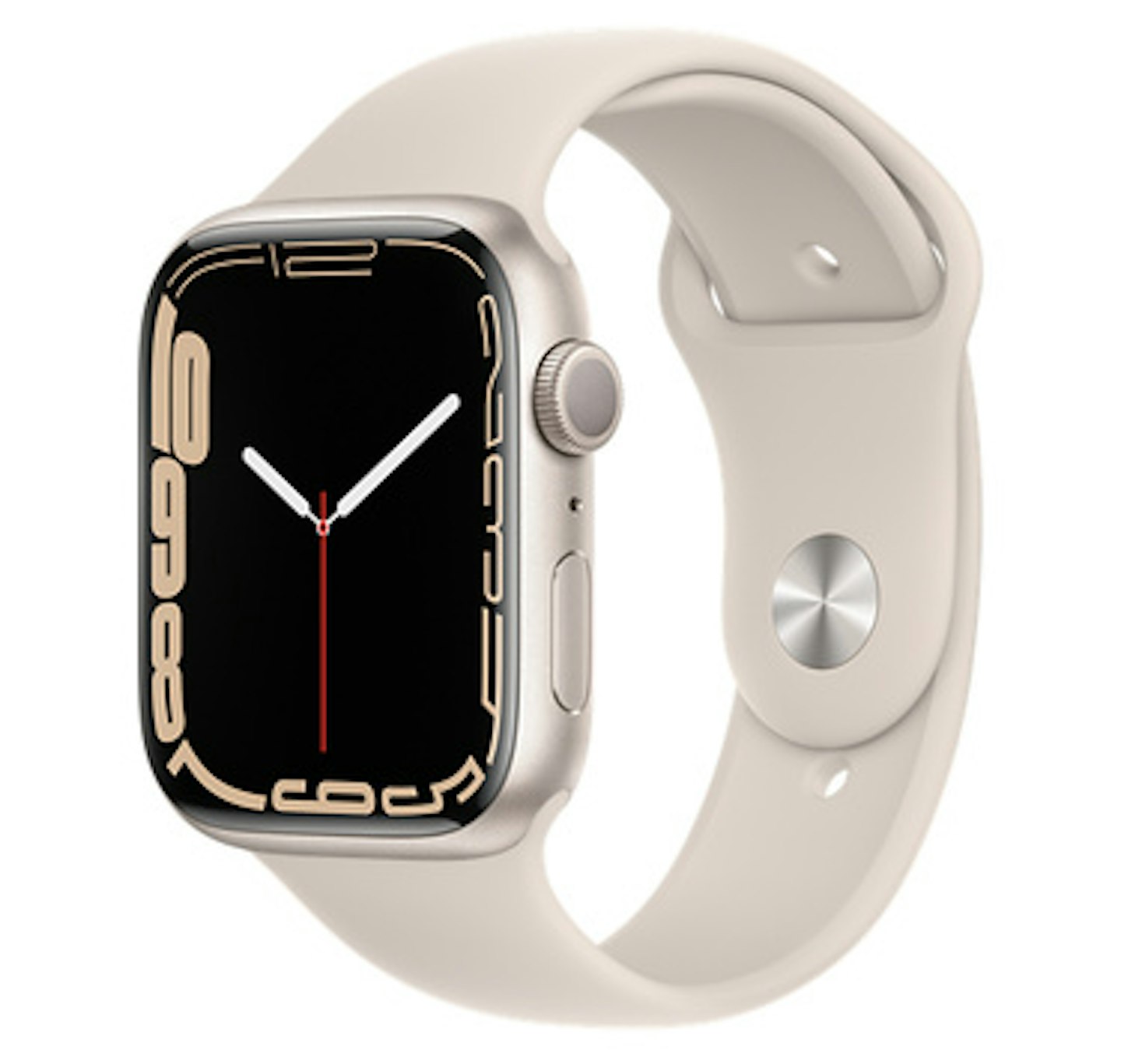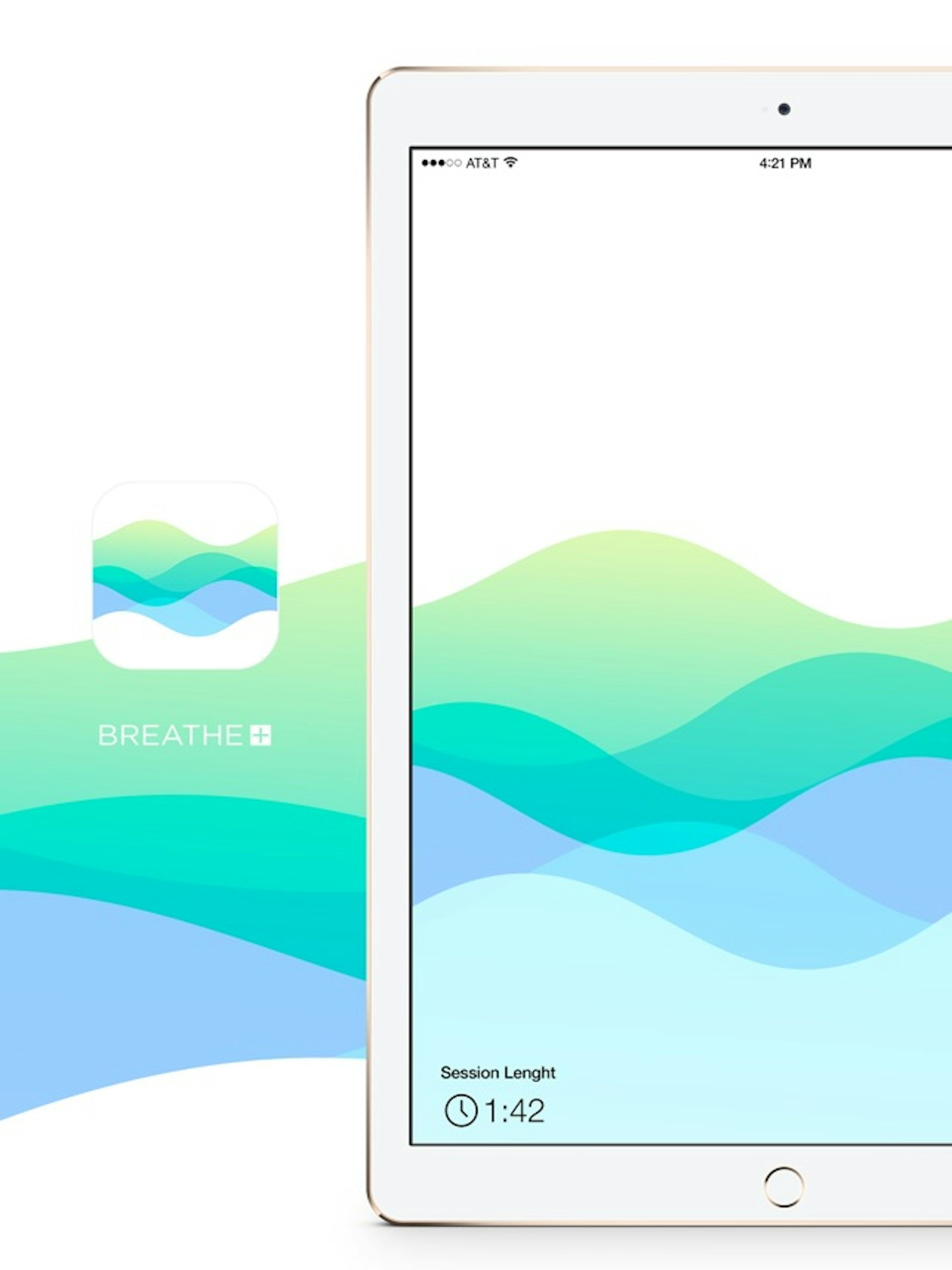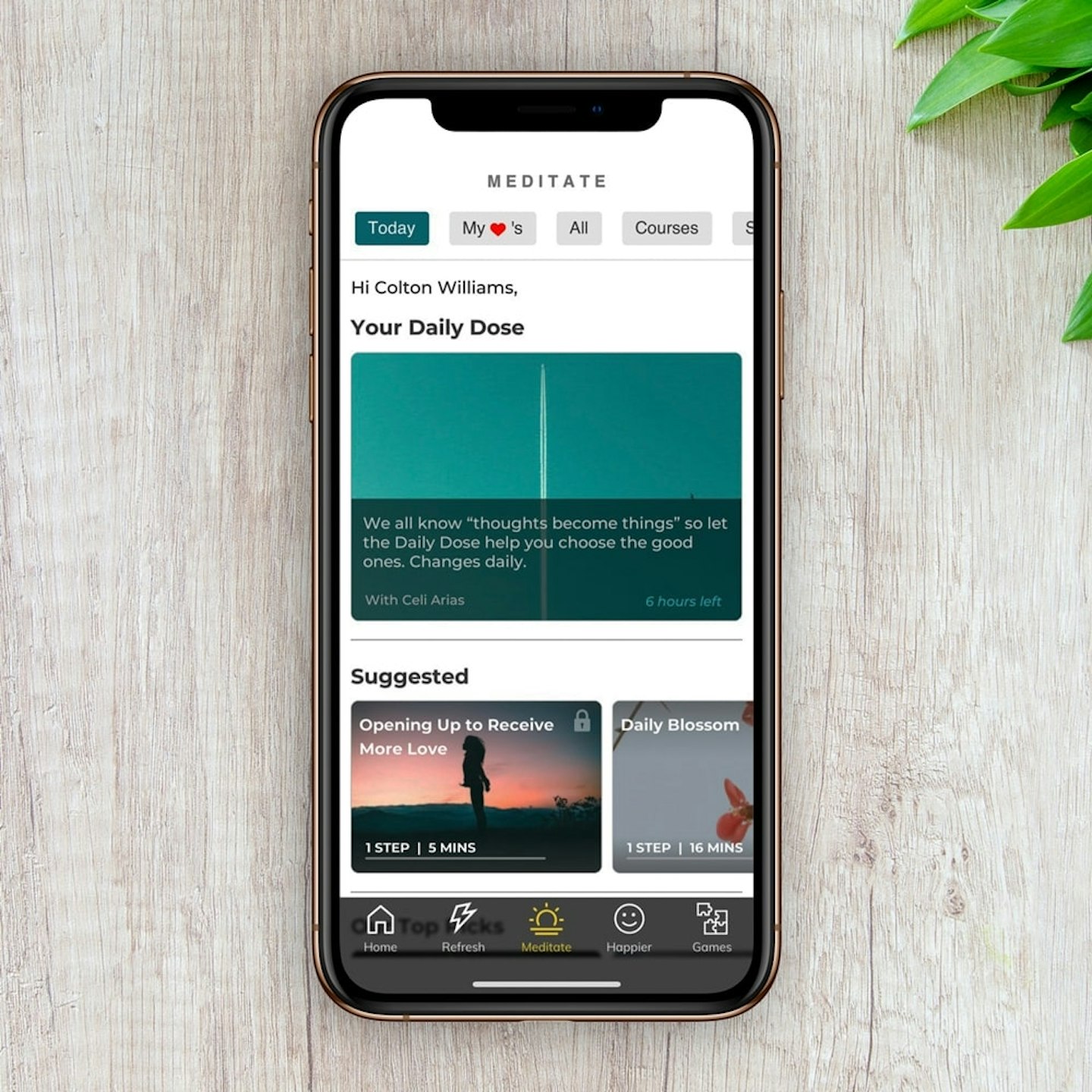The frantic hustle and bustle of modern life encourages a kind of ‘breathlessness’ that is affecting not only our physical health, but how we act, feel and think. And it’s not gone unrecognised by scientists: a 2016 study found that proper inhalation triggers electrical activity in the brain that improves our memory, emotional processing and how we react. So when we’re doing it wrong, it really shows.
It might seem ridiculous that something so automatic has such a powerful impact on our wellbeing, but take a moment to notice how you’re breathing. Is it slow and rhythmical? Or, more likely, shallow and sharp? Or perhaps you’re holding your breath without noticing? Do you even know how you’re breathing? ‘The majority of us only use 25% of our respiratory capacity,’ says Aimee Hartley, breath coach and founder of The Breathing Room in London, ‘and we don’t even know it.’
Luckily, the number of people recognising the importance of ‘proper’ breathing is rising, alongside growing awareness of mindfulness, meditation and the general pursuit of stress-reduction. Our breath can be an indication of our mental state – if it’s shallow, quick or if you are holding on to your breath, it can signify anxiety and stress – as well as contributing to angst in the first place. ‘If your breath is erratic and chaotic, your brain is going to process life in that way, too,’ acknowledges Danielle Willemsen, who teaches vinyasa flow yoga at Chelsea fitness studio, KXU.
And whether it’s a chance run-in with your ex, or a looming deadline, stresses trigger our instinctive fight-or-flight mode – something governed by our sympathetic nervous system (or SNS). Problematic breathing kick-starts stress hormones, such as adrenaline and cortisol, and can cause your blood pressure and heart rate to rise, which contributes to shorter, sharper intakes of breath. It can even make your breathing nonexistent for short periods.
When we’re constantly in this ‘fight-or- flight’ mode, these breathing patterns become habitual even when the ‘threat’ has passed. This triggers a vicious cycle, causing our brains to then seek reasons to feel anxious or fearful to ‘justify’ the breathing response. The good news? ‘We can release all of the emotions and feelings that we hold on to and repress just by breathing,’ says Aimee. A deep, diaphragmatic breath rouses our parasympathetic nervous system (PNS), which is responsible for rest, and counteracts our SNS alert, meaning all these symptoms get taken down a notch. ‘It’s like pouring fresh water into a dirty glass and shifting the stuff that just won’t budge at the bottom,’ says Aimee. ‘Our breath is autonomic and we can control it,’ adds Danielle. ‘As soon as we have that awareness, we have the power to change the breath cycle to a rhythmic supporting pattern, which helps our brain chill out.’
So, what constitutes a healthy breath? For one, you need to really breathe into – and engage – the diaphragm: ‘On inhalation, your lower belly should rise, ribs should expand, and the upper chest should lift slightly,’ says Aimee. And for exhalation, it’s the opposite – your belly button should sink towards the spine, with little effort. And when you’re feeling stressed? ‘Hold both hands together, with your right thumb applying pressure to the centre of the left’s palm. This is an acupressure point for the diaphragm and helps relieve tension for the respiratory muscles,’ says Aimee. ‘Close your eyes and breathe gently – five seconds in, hold for a count of two, exhale for seven – with all the focus on the breath. Be aware of the light pressure you’re placing on the palm of your hand. Then repeat on the other side.’
Deep breaths bring with them a whole host of benefits, because with every inhale comes an influx of invigorating oxygen. ‘When you breathe properly, your lungs massage the rest of your organs, including the gut,’ says Michael Patrick, director of Bowen Therapy UK. ‘So it’s important for digestive health that there’s movement there, not tension.’ Bowen Therapy is a holistic technique that works with the soft connective tissue to remedy everything from respiratory conditions to stress.
Then there’s the impact breathing can have on your skin. ‘After one 90-minute session of breath coaching, skin looks like you’ve been for a facial,’ says Aimee. Interestingly, 70% of all toxins leave our system via our breath with the carbon dioxide we expel. Pair this with boosted circulation and lower cortisol levels (resulting in fewer hormone-induced breakouts) and you get happy skin. Add to that better sleep, more energy, fewer headaches and a general boost in mood and quality of life and it makes sense to utilise the most underrated tool we have at our disposal.
Shop: The Helping Hands
Breathe Yourself Better - Grazia 2022
 1 of 3
1 of 3Apple Watch Starlight Aluminium Case with Sport Band, £369
Keep one of these on your wrist and you'll have guided breathing sessions on tap wherever you go.
 2 of 3
2 of 3Breathe+ App
Set your inhalation and exhalation counts in advance to see them visually displayed as seconds on your phone screen.
 3 of 3
3 of 3Happy Not Perfect App
'One belly breath is the equivalent of six chest breaths,' says Poppie Jamie, founder of this app, that makes 'breath work' and meditation fun with interactive games.
READ MORE: Rosie Huntington-Whiteley: 'I Had A Vision, I Took The Risk And I Plunged'
READ MORE: Everything Worth Knowing About Hailey Bieber's New Beauty Brand Rhode
.png?ar=16%3A9&fit=crop&crop=top&auto=format&w=1440&q=80)